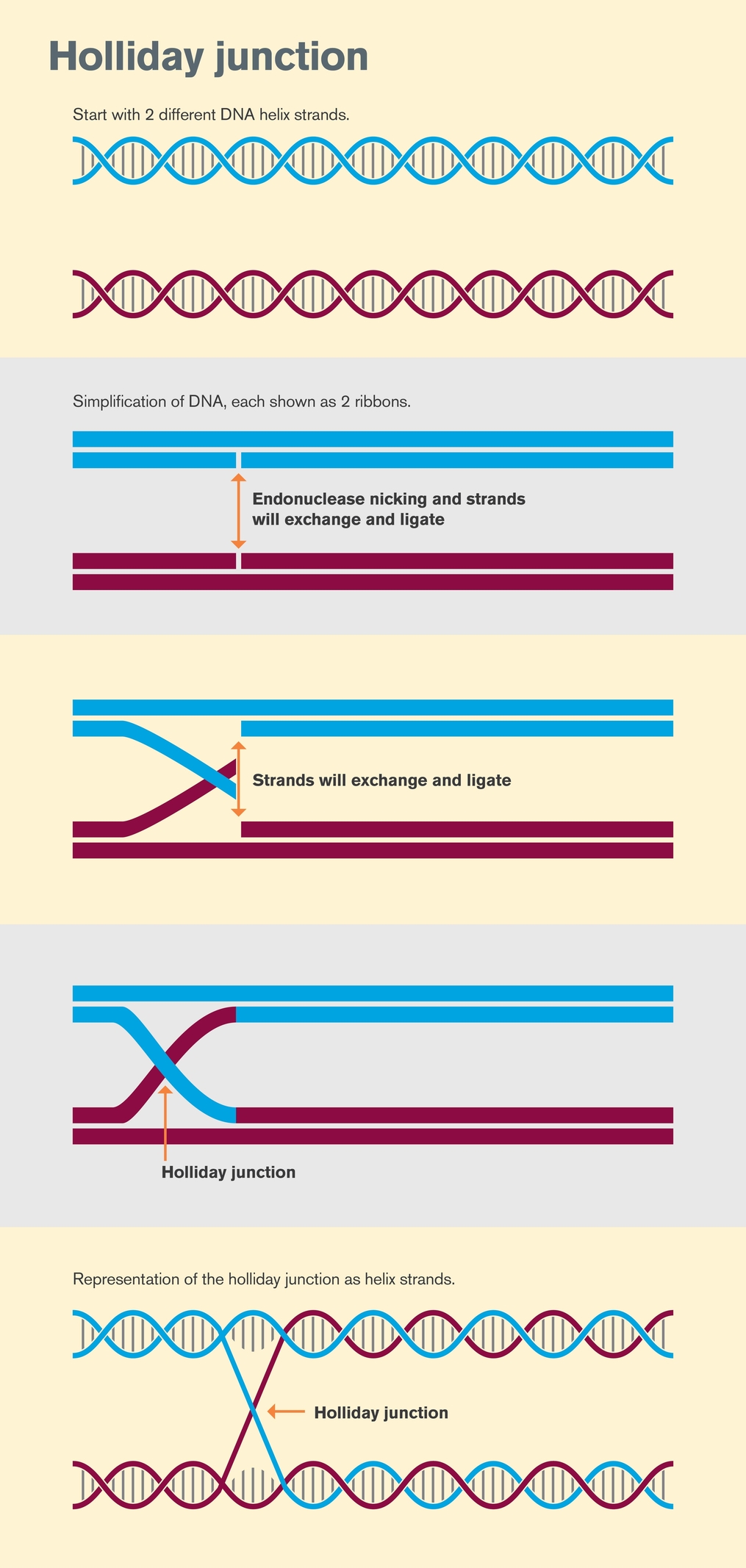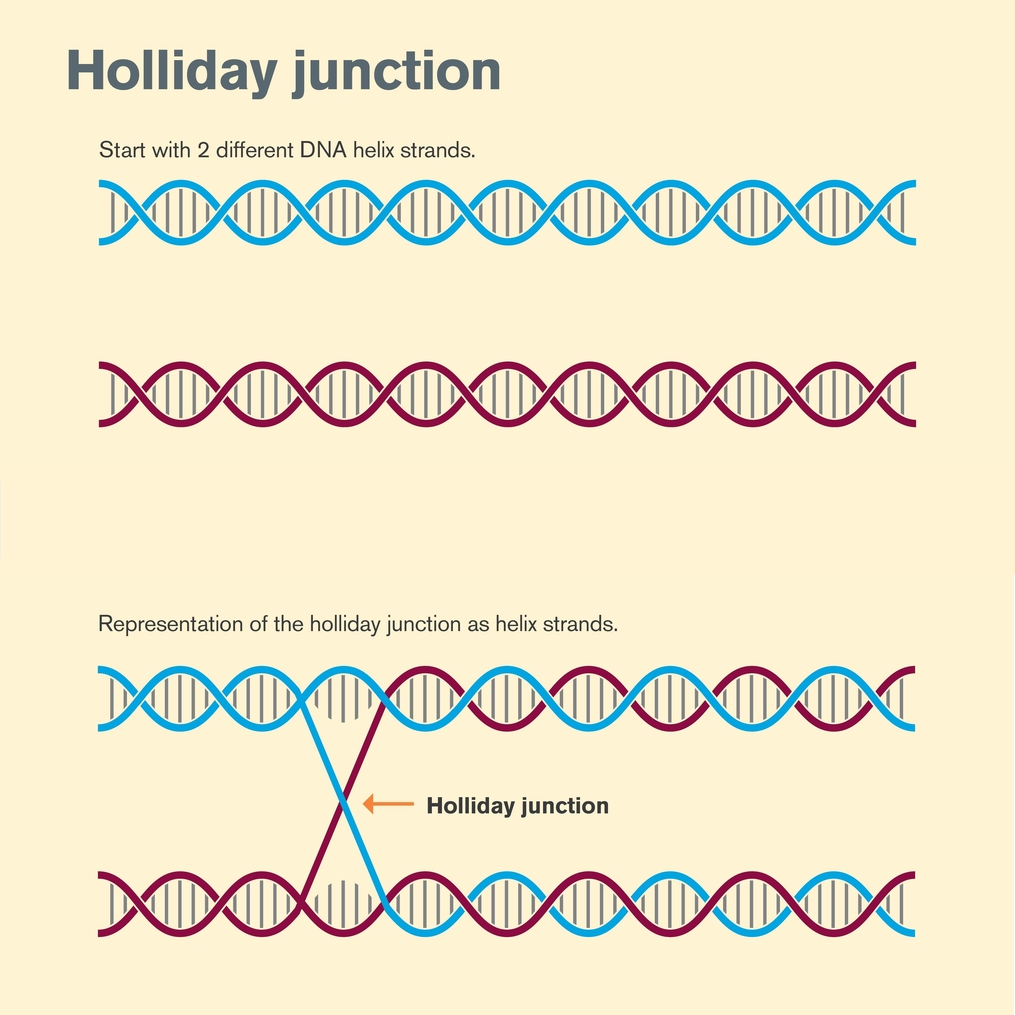Nature uses DNA’s double-helix to store the blueprints of all living forms, drawing on a four-letter alphabet of nucleotides. Researchers in the field of DNA nanotechnology seek to emulate and even extend the possibilities of DNA architecture beyond what nature has created.

One basic building block used in the fabrication of many DNA nanoforms is known as a Holliday junction. This nexus of two segments of double-stranded DNA has been used to form elaborate, self-assembling crystal lattices at the nanometer scale.
Recently, researchers at Arizona State University’s Biodesign Institute conducted the first systematic study of Holliday junctions using crystallography techniques performed at the Advanced Light Source (ALS), the Argonne Photon Source, and the National Synchrotron Light Source II. The work at the ALS utilized the Berkeley Center for Structural Biology (BCSB) and ALS-ENABLE beamlines.
The study, published in Nature Communications, describes the characteristics of 36 basic variants of the Holliday junction. The results show that the effectiveness of a given Holliday junction for the construction of crystalline nanoarchitectures is sensitively dependent not only on the arrangement of the four nucleotide pairs forming the junction, but also on sequences forming the junction’s four protruding arms.
The structures—which take their name from molecular biologist Robin Holliday, who first proposed their existence in 1964—also play an essential role in nature. They are involved in a process known as homologous recombination, a driving force in generating novel genetic variation in living things.
Read more ASU news and the ALS Science Highlight.




